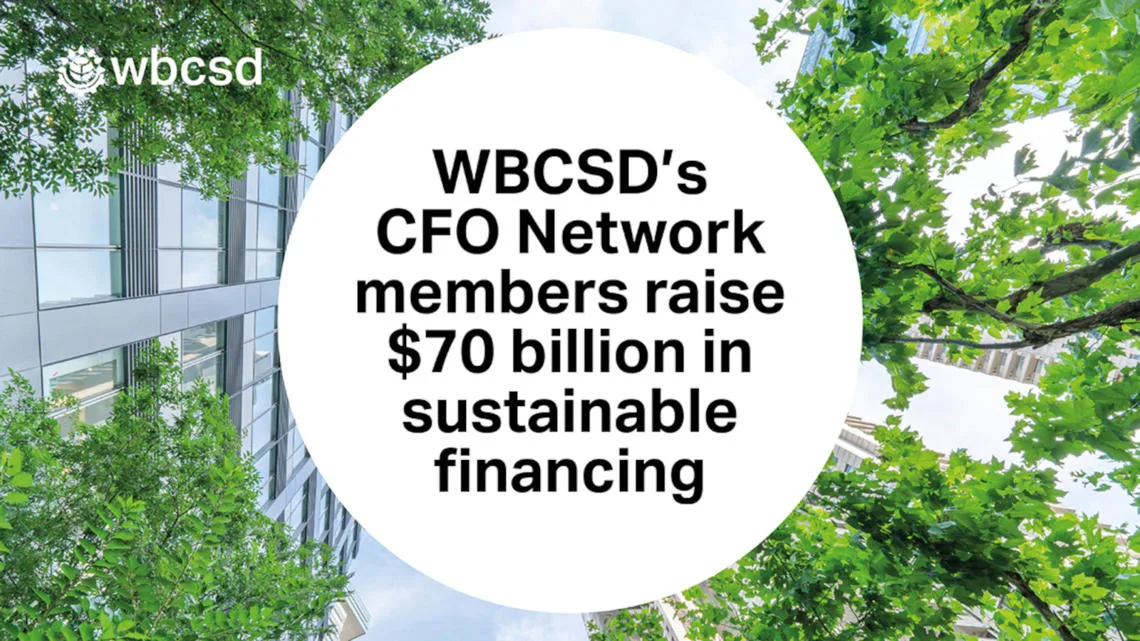Authors
Luke Blower, Manager, Redefining Value, Yi Sun, Associate, Redefining Value/Built Environment
Sustainable finance is not new to many companies. In fact, the growing interest from corporate issuers in financing their sustainability strategies has fueled the rise of the global sustainable debt markets in recent years. More than $1.6 trillion of sustainable debt was issued in 2021, including both sustainable bond instruments and sustainability-linked loans.
Sustainable bonds already account for about 10% of the debt capital markets. And for the first time, corporate issuers have raised more capital ($575 billion in 2021) from the sustainable bond market, overtaking the agency and sovereign issuers ($406 billion in 2021).
Sustainability-linked loans have also seen tremendous growth, tripling volume to a record $700 billion in 2021 originated by a significant number of corporate borrowers.
It’s not just the volumes that have grown rapidly, but also the types of sustainability-themed debt instruments. Only nine years ago, the first corporate green bond was offered; but today, companies have numerous options when they approach the market, ranging from green to social to transition to sustainability-linked bonds/loans.
State of play: Sustainable finance in action
WBCSD’s CFO Network member companies have been actively exploring and participating in the sustainable finance market. Collectively, the group has raised about $70 billion in green bonds, sustainability-linked loans/revolving credit facilities and other debt instruments to date.
Companies use these financing tools to access capital markets and amplify their sustainable business commitments. Companies start by creating a guiding principle and governance for sustainable activities, as a way to connect business, funding needs and internal decision makers around core sustainability priorities.
- CMPC, a pulp and paper company, has developed a set of Sustainable Finance Frameworks, including guidelines for Green Bonds, Green Loans, Sustainability-Linked Bonds, and Sustainability-Linked Loans. Based on the frameworks, the company has issued a diverse pool of instruments with a total amount of $2.2 billion, with issuances in the US, Chile, Japan and Peru.
Second, sustainable finance helps companies measure, benchmark and communicate around the sustainability-related KPIs. Particularly for sustainability-linked loans and bonds, corporate borrowers/issuers are required to disclose a set of sustainability performance criteria, and therefore are motivated to continuously improve.
- KONE, the global leading company in the elevator and escalator industry, amplifies its commitments to advancing environmental and social efforts via a EUR 850 million sustainability-linked loan that links the pricing to a pre-agreed sustainability performance in GHG emission reductions and gender balance.
Third, most if not all, the sustainable finance offerings within the CFO Network were oversubscribed by investors when introduced to the market. Companies benefit from the lowered cost of debt based on the significant demand. Over time, companies use sustainable finance opportunities to optimize the capital structure.
- Sonae, a multinational business group with a diversified portfolio, already has more than 60% financing linked with sustainability goals. The company states such financing agreements demonstrate that their “sustainable development strategy is being recognized by a wide group of national and international banking institutions” and “such financing agreements also improve the Group’s liquidity, increase average debt maturity and reduce financing costs.”
Sustainable finance challenges: Maintaining momentum
However, the sustainable finance market is facing a lot of headwinds – the recent “anti-ESG” noise and some criticism of sustainable finance goals, on top of the interest rate raises and geopolitical tensions that hammered the overall debt market. Only $946 billion of sustainable debt was issued by the end of August 2022, lower than the $1,083 billion during the same period in 2021.
Even in this difficult time, companies can still show leadership by developing collaborations, operating at the highest level of transparency and making clear links to impact:
Closer collaboration with banks, service providers, and standard setters. Financial institutions are under pressure to deploy more capital to support net-zero and sustainable transitions in the real economy. All major banking players in sustainable finance have announced firm-level commitments with refreshed dollar amounts. Companies have an excellent opportunity to establish true partnership with capital markets during the transformation, as well as to work with second-opinion providers, rating agencies, and standard agencies like the Climate Bonds Initiative and the International Capital Market Association to address categorization, classification and frameworks.
Stronger transparency. Sustainable finance is not a one-shot deal; instead, companies need to maintain track records and accountability on an ongoing basis. Periodic reports to lenders and investors are common requirements, but they can be leveraged to help tell the holistic sustainability story. Treasury can support sustainability transparency, working with other colleagues on consistent, robust, controlled metrics and KPIs with financial management links.
More intuitive connection to impact. For quite some time, the use of proceeds indicated where corporate issuers decide to allocate raised capital and was preferred by the investors as they can better assess the impact of the instruments. However, the uptake of sustainability-linked facilities and flexibility in the use of proceeds can undermine the link between capital and real-world impact and attract some criticism around “greenwashing.” While sustainability-linked financing helps align incentives within the organization, market participants must communicate better to address concerns. Companies, banks, and third-party agencies also need to work on the implied relations between KPIs (environmental, and emerging social) in sustainability-linked facilities and impact as a whole, providing more visibility on real-world outcomes.
WBCSD’s CFO Network is committed to contributing to global ESG standardization, incorporating sustainability into corporate-investor relations and valuation and supporting the development of sustainable finance opportunities. The Network is well positioned to ensure real economy companies can access and leverage sustainability/ESG-themed financing tools, and help the financial services sector implement sustainable finance commitments via instruments and transactions. We look forward to partnering with key organizations to explore what could be done to advance issuer and financier ‘match-making’, and exchange on good practice, needs, use cases and guidelines.
WBCSD news articles and insights may be republished in accordance with the Creative Commons Attribution-NonCommercial-NoDerivatives 4.0 International Public License, and in accordance with our Privacy Policy. All Content must be featured with due credits.
Outline
